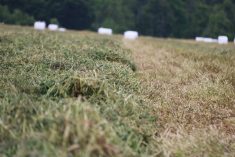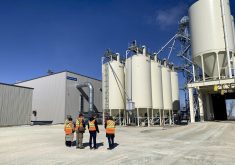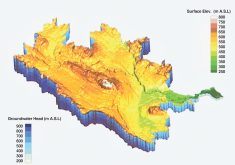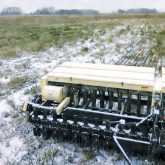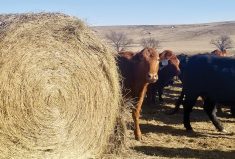The Manitoba Forage and Grassland Association (MFGA) is putting out its annual call for alfalfa fields.
The MFGA is once again looking for producers to submit field samples as part of its Green Gold program. The hay monitoring program provides weekly regional data on alfalfa height, feed value and protein leading up to the first cut of the year.
Why it matters: For decades, the volunteer-driven Green Gold program has been a staple for producers targeting high-quality hay in their first cuts.
Read Also
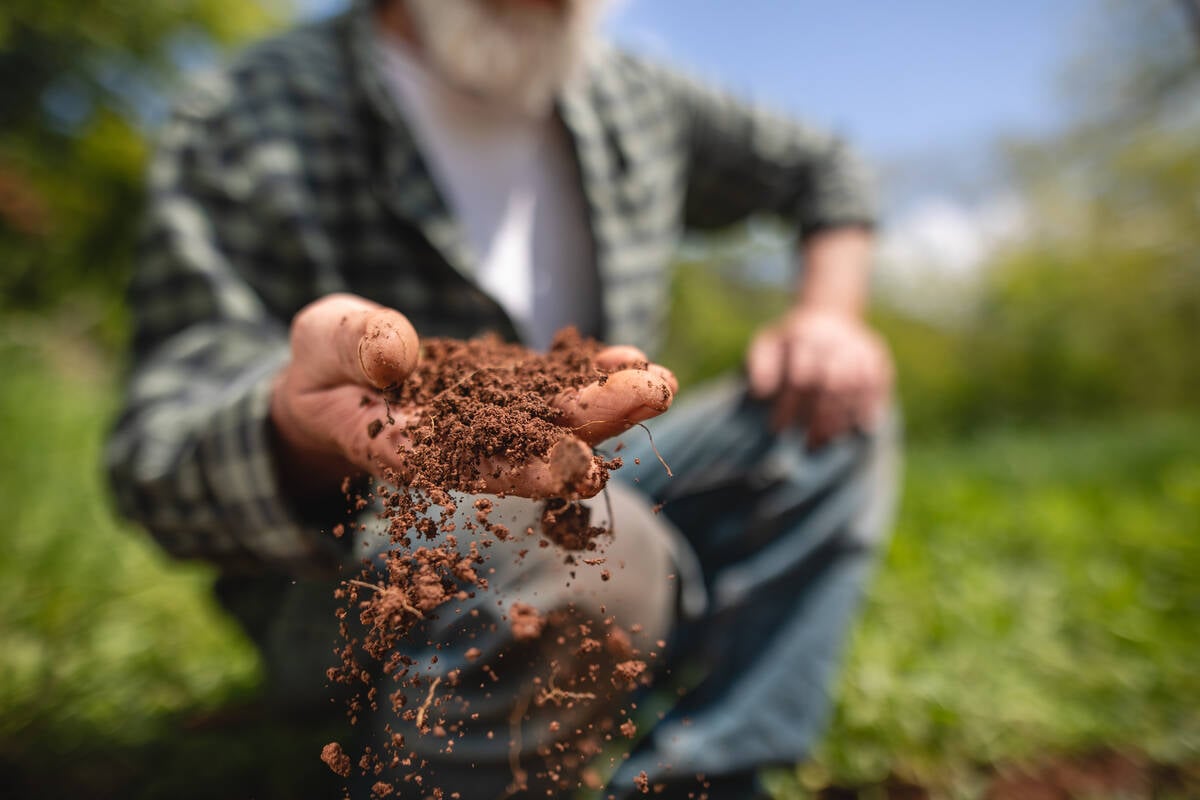
Finally getting paid for sustainable farming?
Alberta project says they might have a line on a workable ecosystem credit model to reward farmers for sustainability, and Manitoba might be next
Reports cumulate in “hay day” — when a region’s alfalfa hits a relative feed value of 170, generally considered the optimal point to cut for dairy-quality hay.
For Lawrence Knockaert, a dairy farmer and MFGA chair, the program has been a longtime tool that he uses to cross-reference feed value changes with the weather forecast to achieve best possible results from his alfalfa.
“It can vary so much from year to year, when the right time (to cut) is,” he said. “Sometimes you get a little frost setback and you’re not exactly sure when to cut, where (the feed value) is… at least this way, when you do the tests on it, you know exactly where it is.”
Knockaert has contributed to the Green Gold program for the last quarter-century, the majority of the time that the hay monitoring program has been in place.
Green Gold participants receive free, detailed data on their specific field, rather than extrapolating from the more general numbers of the region, the MFGA has typically argued, as part of its efforts to entice farmers into the program.
Participants will be asked to sample fields twice a week, on Mondays and Wednesdays. Alfalfa is then sent by prepaid courier (a bill footed by the MFGA) to Central Testing Laboratory in Winnipeg. Results are then sent back to the producer, as well as incorporated into the program’s regular reports.
Quality in the field does shift daily, although Knockaert maintained that, in his experience, results from the Green Gold program have been timely.
“You have to get that result back right away,” he said. “But… we get the pattern of what it’s dropping, how many points per day. And then you can kind of predict exactly what day you should be cutting it to get your optimal feed value.”
Knockaert also argued for the tool’s use in quality control for producers growing forage for sale.
The MFGA typically hopes for four to six participants from each of the province’s regions in order to keep data robust.
Just over 20 fields participated in last year’s program, drawn from all areas of the province.
This year, the MFGA hopes to see around 25 participants, according to program co-ordinator Terra Bergen.
The program will gladly take “anyone from any specific area,” she said, although she noted that the program would ideally see more data points in the Interlake, an area devastated by drought last year.
It’s hard to say if those drought woes will impact participation, Bergen said.
In past years, the MFGA has noted that poor growing conditions have dissuaded some participants, including in 2019, when the Interlake once again emerged as a data gap in the program.
“With the drought that we had last year, some guys may want to see whether their crops will look better this year or not, just because of the moisture that we may be getting here,” Bergen noted.
Unlike last spring, when low overwinter precipitation had the beef sector immediately concerned about lack of run-off, producers this spring are looking at substantial snowpack.





